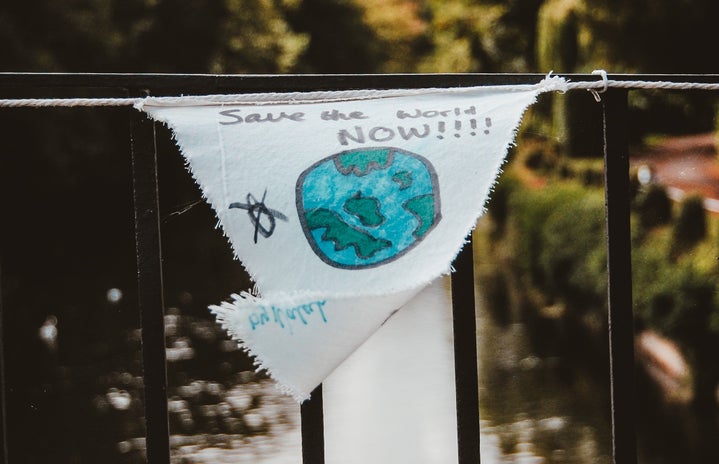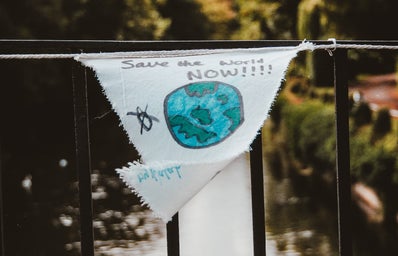You’ve heard of Shark Week, now get ready for Fat Bear Week! For the past five years, Katmai National Park & Preserve in southwest Alaska has been holding Fat Bear Week in October. Akin to March Madness, Fat Bear Week works on a bracket system where voters can choose their favorite chunky bears until a winner is crowned.
Courtesy: Facebook
There are around 2,000 bears on the Katmai Conservancy property, which spans four-million acres across the Alaskan wilderness, but only 12 bears made the cut, each selected by Katmai Conservancy media rangers Naomi Boak and Brooklyn White.
This year’s winner, No. 435, aka “Holly,” was crowned Queen of the Chonks on Fat Bear Tuesday, when Fat Bear Week 2019 came to its glorious end. Holly took the crown with a lead of nearly 15,000 votes over her remaining competitor, No. 775, Lefty.
According to Boak, Holly’s crown was well-earned, as she spent so much time underwater fishing that it was difficult for them to even get a good picture of her. Like her other 11 competitors, Holly is a coastal brown bear who feasts on the sockeye salmon that populate the Brooks River, which has one of the largest concentrations of these salmon in the world.
Courtesy: Facebook
As I’m sure you remember from fifth-grade science class, bears hibernate every winter and lose around a third of their body fat, so they have to chunk up a bit in order to survive. Naomi Boak wants everyone to know that this contest isn’t about fat-shaming these bears, but rather celebrating how well they’ve prepared for their upcoming hibernation. During hibernation, a bear’s metabolism slows and their heart rate lowers, so their body is relying on their fat storage to keep them alive. Alas, the fatter the bear, the better chance it has at surviving its hibernation and awakening in the spring ready to complete the process all over again.
As well as drawing attention to and educating the public about the hibernation process, Boak and White hope to bring awareness to the importance of the conservation of the land and resources that ensure these animals’ survival. This year’s competition brought in a record-breaking 187,000 votes, more than three times the total from the previous year. Given our current climate change crisis, White says that this awareness is more important now than ever, as Alaska experienced an unusually dry summer. The lack of rainfall delayed the salmon’s movement to the Brooks River to mid-September. According to White, the bears normally begin their feast on these salmon in early September but with the delay, the salmon stayed in small streams and the bears didn’t migrate over to the Brooks until the fish were able to move. The bears are likely to continue gorging on these salmon up until their hibernation, getting fatter and fatter in preparation.
Holly and all of her portly pals at Katmai are likely to begin their hibernation at the end of this month and into November and are expected to wake back up around March or April. I don’t know about you guys, but I can’t wait to vote in next years’ competition. Long live Holly, the Queen of Corpulence!
Want to see more HCFSU? Be sure to like us on Facebook and follow us on Instagram, Twitter and Pinterest!



